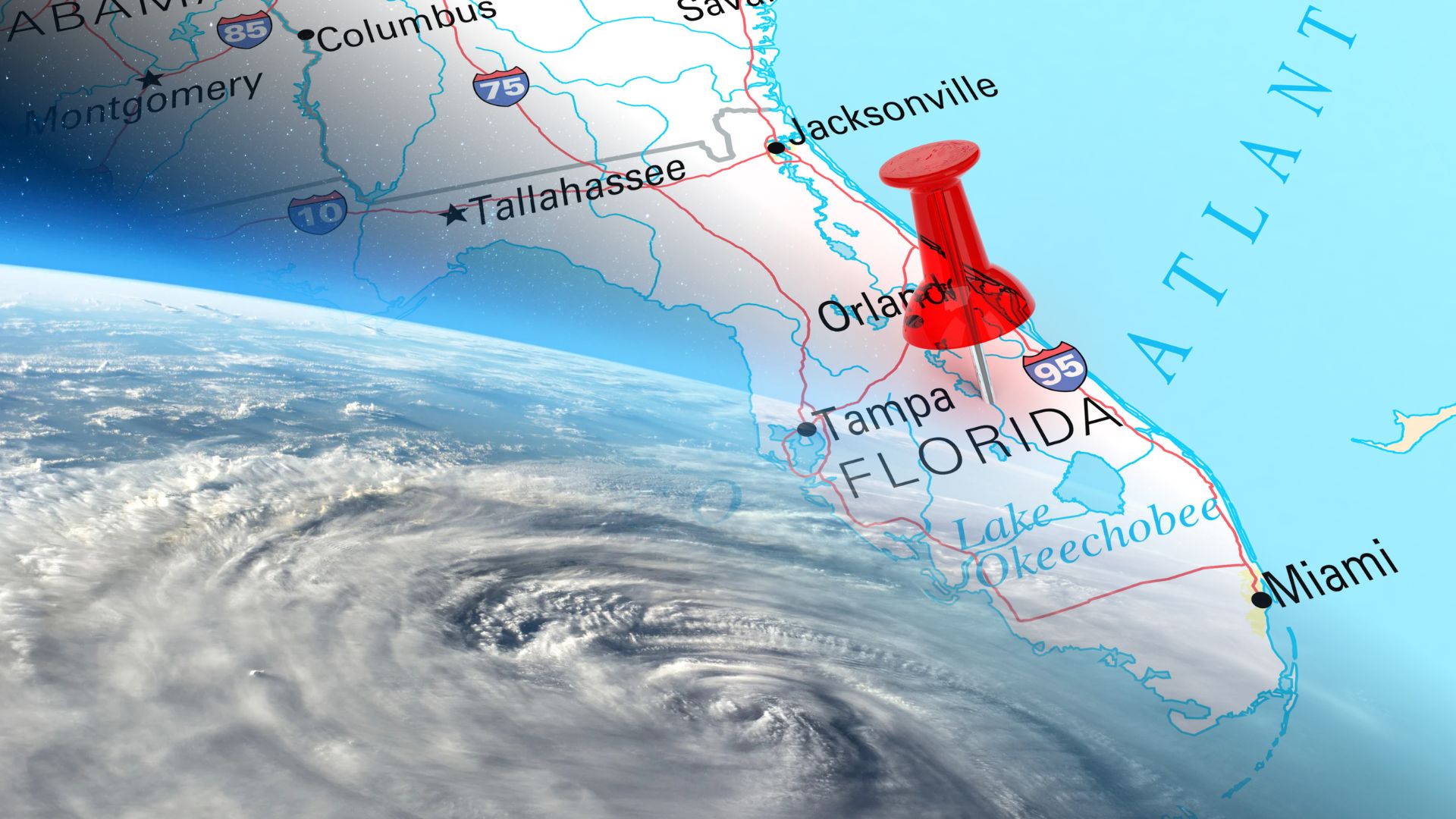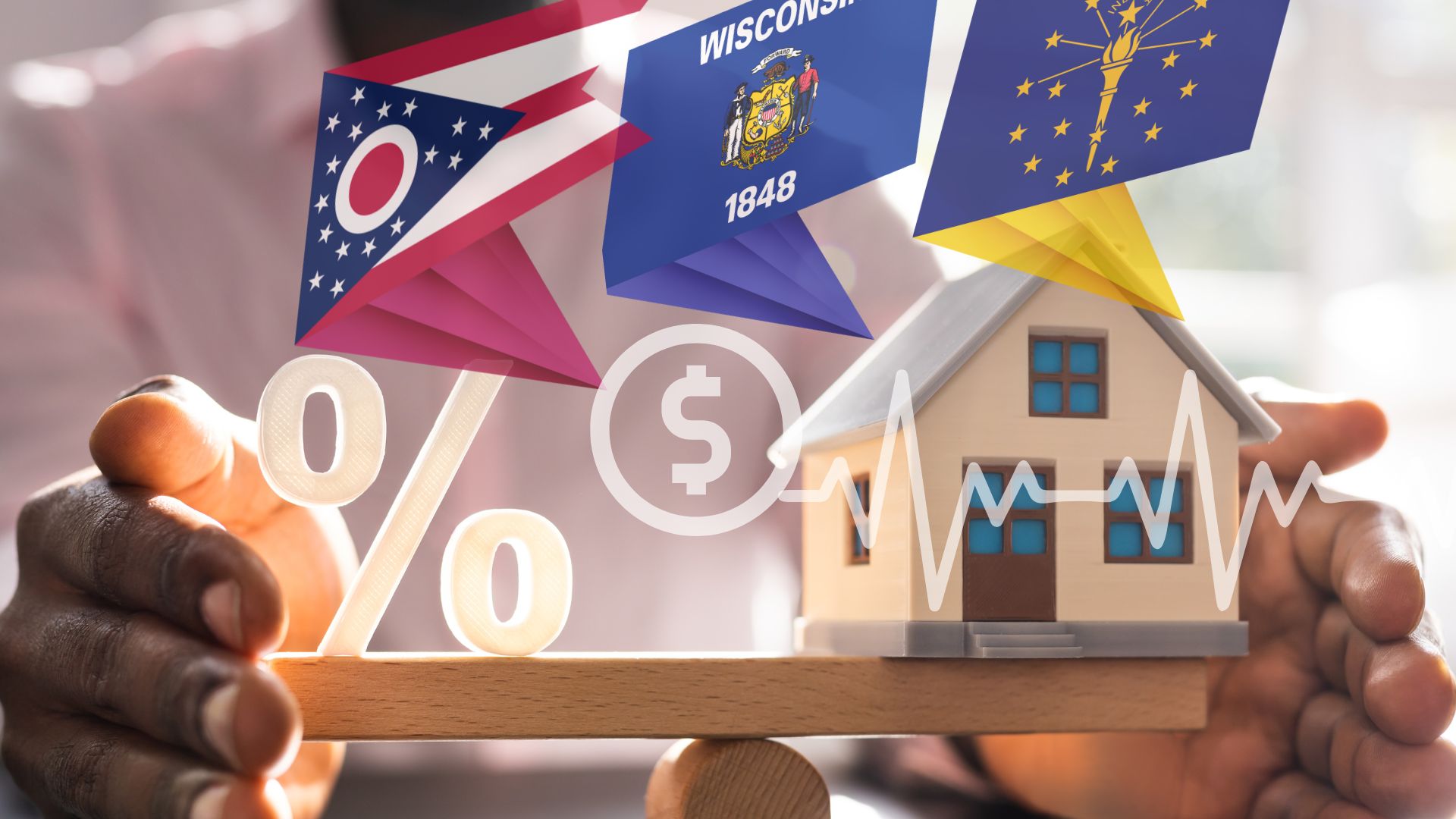How Natural Disasters Are Reshaping Home Insurance Premiums in the U.S.
The wrath of Mother Nature is becoming harder to ignore. From devastating hurricanes to relentless floods, natural disasters are not just becoming more frequent but also more severe. For homeowners across the United States, these escalating risks translate directly into rising home insurance premiums. These aren’t just abstract percentages; they’re real costs reshaping household budgets as many brace for the increasingly unpredictable.
The Rising Cost of Safety: Home Insurance Premiums Skyrocket
Hurricanes Helene and Milton didn’t just batter Florida’s shores in 2024; they reshaped its insurance landscape. Helene, a Category 4 behemoth, caused $79.6 billion in damages, while Milton added another $34.3 billion to the ledger. These storms, coupled with flooding and infrastructure failures in states like North Carolina, have placed unprecedented strain on insurers. On a national scale, the United States suffered $182.7 billion in damages across 27 major weather events in 2024 alone.
For residents in Florida, the hardest-hit state, the financial impact is staggering. The average annual home insurance premium in Florida has climbed to over $6,000, a jump of nearly 50% for some policyholders in hurricane-prone areas. Contrast this with the national average of $1,428, and you can see why Florida homeowners are feeling squeezed. Residents in high-risk zip codes near Tampa or Miami have reported premiums exceeding $8,000 annually, making insurance a significant financial burden for many.
Other states prone to disasters, like Louisiana and Texas, are also facing relentless increases. The average premium in Louisiana reached $3,544 in 2024, while Texas homeowners are paying around $2,860. These hikes reflect the higher claim payouts in regions frequently ravaged by storms, wildfires, and floods.
Seeking Shelter: States Where Insurance Costs Remain Stable
While premiums skyrocket in disaster-prone regions, not all states share this fate. Homeowners in the Midwest are, for the most part, catching a financial break. The average cost of insurance in states like Ohio ($1,218), Wisconsin ($1,134), and Indiana ($1,162) remains below the national average. These states benefit from fewer claims tied to catastrophic weather events and proactive local infrastructure improvements.
Take Ohio as an example. While states like Florida invest heavily in claims after the fact, Ohio’s commitment to flood mitigation systems, stronger building codes, and public safety awareness has kept premiums reasonable. Similarly, Wisconsin has focused on minimizing losses through preventive measures that boost insurers’ confidence.
Midwestern residents are also less likely to face dramatic rate hikes because these states encounter fewer high-impact disasters like hurricanes or wildfires. The result? A homeowner in Milwaukee or Columbus might pay less than $1,200 annually, while someone in Florida or Louisiana wrestles with costs three to five times higher.
Higher premiums don’t just exist in spreadsheets; they weigh heavily on everyday homeowners. Meet Alexis and Jason Patterson from Miami, who saw their annual premium spike to $8,400 after Hurricane Helene. “It’s like paying a second mortgage,” Alexis laments. The couple considered dropping coverage but decided it wasn’t worth the risk. “We can’t afford to go without it, but we’re struggling to keep up,” Jason explains. The Pattersons resolved to invest in hurricane shutters and reinforced windows to mitigate potential future costs.
Contrast their experience with Stacey Morales, an Indiana resident paying just under $1,200 a year for her policy. “I can’t imagine living someplace where insurance costs as much as a vacation,” she jokes. Stacey attributes her affordable premiums to living far from the high-risk zones that dominate insurance headlines. For her, the cost of staying covered hasn’t changed much over the past decade.
These examples illustrate the stark divide between states, where location and local preparedness efforts make or break a family’s financial reality.
Conclusion
The interplay between natural disasters and home insurance in the United States showcases a nation grappling with the costs of climate change. For homeowners in high-risk states like Florida, Louisiana, and Texas, soaring premiums are becoming the price of staying put. Meanwhile, those in regions like the Midwest enjoy some financial reprieve, thanks in part to geography and risk mitigation strategies.
What lies ahead remains a fundamental question for both homeowners and the insurance industry. Can risk-sharing programs, mitigation efforts, and stricter building codes help balance the scales? Or will premiums continue their upward trajectory, placing homeownership further out of reach for some? The reality is that as the climate evolves, so too will the cost of staying secure. The challenge is making those costs manageable—for everyone.


